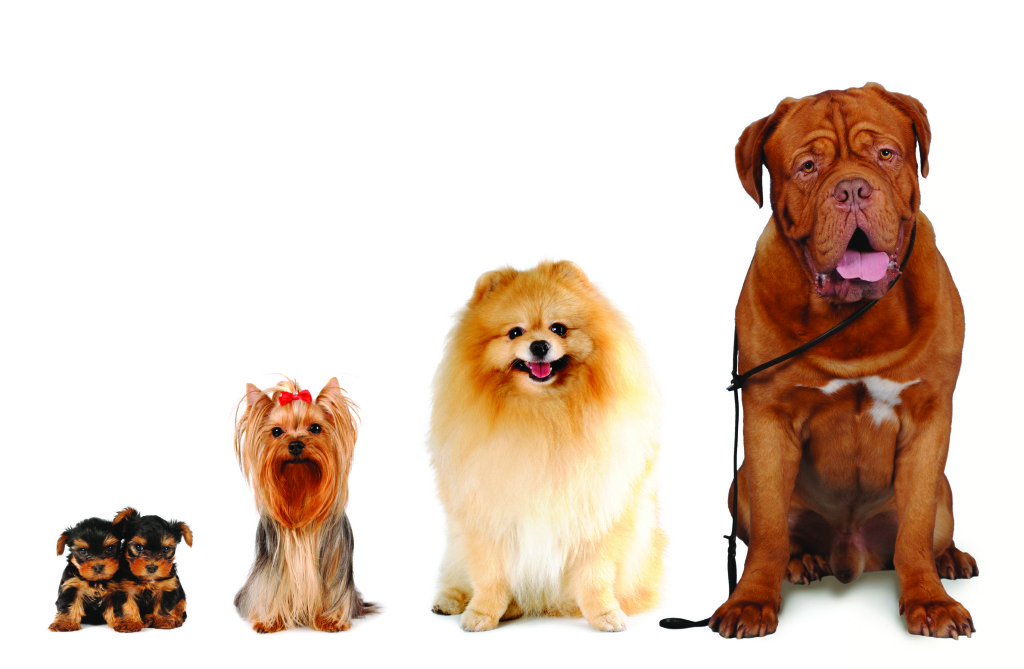
Toxins in the home
Easter is on its way and most dog owners are well aware of the tremendous harm those chocolate goodies can do to their pet if ingested, but many will be less aware to what extent the average household is filled with potentially harmful products, some of which may have an insidious effect on their pet’s health.
Human medication
Top of the list are drugs we accidently leave lying around. Insurance data lists accidental ingestion of human medication- whether over the counter or prescription, as a major source of pet poisoning. Those little pills can look a lot like treats to dogs, cats or even pet pigs! The sugar coating on some pills make them irresistible, and talented pets can have a great time breaking into handbags, low cupboards or supposedly child proof pill boxes. Keep human medication up high in secure cupboards and drawers, beyond your pet’s reach.
Household cleaning agents
It is obvious that many strong household cleaners are likely to be toxic. Most pet owners will recognise the dangers of exposure to large amounts of chemical but are less aware of the long term effects of multiple small exposures to a range of cleaning products. Many products contain chemicals which give off VOC’s (volatile organic compounds). These light, airborne molecules are diffuse and easily inhaled and it is thought are associated with cancers and metabolic disorders. Our pets with their smaller lungs and faster metabolisms process and absorb the toxins into their bloodstreams much more quickly.
Products like air fresheners, toilet and bathroom cleaners, drain cleaners and oven and floor cleaners are all potentially toxic to your pets. Any tiny bits of residue on floors or other surfaces may be ingested by your pet as they lick paws and fur that has come into contact with the chemicals. One exposure may do little harm but multiple exposures over time are a different matter. Keep pets in another room when products are used. Rinse and dry surfaces thoroughly.
Plastic and Metal
Pets can munch on wiring and other ‘soft’ metal objects they find lying around; metals like zinc and lead are toxic and the results of that toxicity may not be seen for days. Plastics are another hazard and ‘greedy’ dog breeds like Labradors may enjoy chewing on plastic items such as milk cartons or children’s toys and then cannot help but follow through their gustatory activity with a swallow. Many dogs end up at the vet as a result of impaction. A startling range of household products, including plastic bags and the new £5 note, contain animal by- products, including beef products; it is thought certain pets might associate the smell of these with ‘food’ .
Alcohol
Some people think it is cute to let their pet sample alcohol but animals like humans vary in their sensitivity to alcohol and even a small amount of beer could cause your pet lasting damage.
Food
Chocolate and coffee are known dangers as are grapes, raisons, various nuts, onions and garlic, but, pet owners are less aware of the dangers of food containing artificial sweeteners. The rise of the sugar tax and ways to tackle sugar related diseases like diabetes and conditions like obesity, have prompted food manufacturers to search hard for sugar substitutes. Xylitol is used in chewing gum, jams, biscuits and cakes. It is also very toxic for dogs and can lead to low blood sugar and permanent liver damage.
The takeaway is that acute episodes of poisoning or toxicity are normally pretty evident and the sick animal is rushed to the vet. However, some types of toxicity will not show for days. Multiple small exposures to harmful products may cause slow damage to organs or even, it is thought, trigger some cancers. Check out your home and think about what your pets, especially young curious animals, have access to.
Leonie St Clair
www.londondogstraining
This article first appeared in the April 2017 issue of SE22 Magazine

